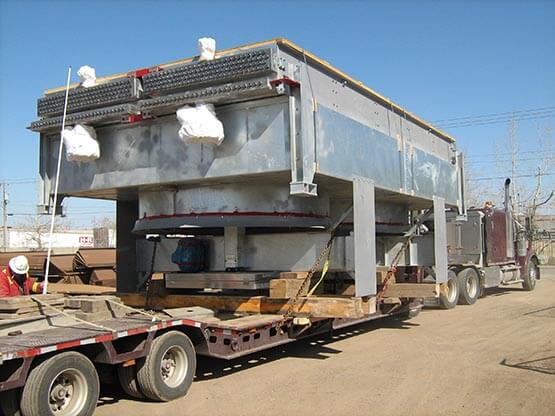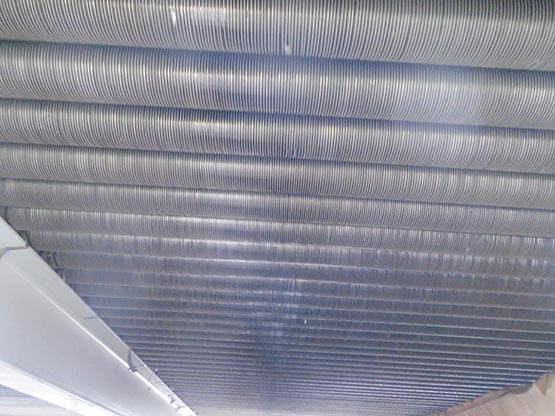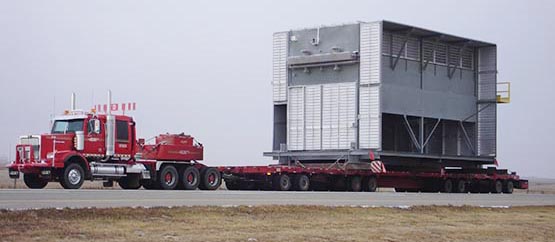Air Cooled Heat Exchangers
Air cooled heat exchangers are frequently used in chemical and petroleum processing operations to cool and/or condense process streams with ambient air instead of water. Enviropro partners with Exchanger Industries Limited (EIL) to provide air-cooled heat exchangers that are available in forced draft, induced draft, and natural convection configurations.
Air cooled heat exchangers are often economically advantageous in areas requiring extensive water treatment to reduce fouling. They are also beneficial in situations that would otherwise require the expansion of a plant’s existing cooling-water supply. Air cooling is also often better for compliance with regulations governing water use and discharge of effluent streams.
While the capital investment involved with an air-cooled exchanger is often more substantial, operating costs are usually significantly lower than with a water-cooled exchanger. Air cooled heat exchangers also eliminate fouling and corrosion problems associated with cooling water. Since there are no associated problems with leakage and mixing of water with the process fluid, maintenance costs are also generally lower.
Working with EIL, EnviroPro will provide you with complete support in the design, fabrication, and lifecycle of air-cooled heat exchangers.
- Specifications
- Forced Draft
- Induced Draft
- Natural Draft
Specifications
Header Types
- Header box/plug
- Cover plate
- Billet
Materials
- Carbon Steel
- Low Alloy (1.25 Cr, 2 Cr, 5 Cr, 9 Cr, 13 Cr)
- Austenitic 300 series stainless (304, 316, 317, 321, etc)
- Duplex stainless steels
- High alloy (600, 800, 825 series)
- Weld overlay (300 series, high-alloy)
Pressures
- Atmospheric up to 6,000 PSIG (welding up to 3 inches thick)
Size
- Width 26 feet
- Length 70 feet
- Weight 20,000 lbs to 150,000 lbs
Design
- T.R.I. Category III member
- Aspentech TEAMS, Compress
- FE/Pipe and Nozzle/Pro
- Customized software
- AutoCAD, Inventor
- FEA – ANSYS (sub-contracted)
Forced Draft
The forced draft air-cooled exchanger configuration has fans that are located below the tube bundles, and air is pushed along the tube surface. This design provides better accessibility for maintenance and fan-blade adjustment. Less structural support is required so it can have a longer mechanical life and capital costs may be reduced.
Induced Draft
Induced draft air-cooled exchangers feature fans that are located above the bundle, with the air pulled along the finned tube surface. A lower air velocity means the exchanger can provide a more even distribution of air. An induced draft air-cooled exchanger is not as likely to recirculate exhaust air and will not be as susceptible to sudden temperature changes, since only a portion of its surface is exposed to the elements.
Natural Draft
Natural draft air-cooled exchangers function in a manner that is consistent with the name. No fans are used to push or pull air through the tube bundle, instead a chimney is constructed above the tube bundle to create the draft needed to drive air through the tube bundle.



